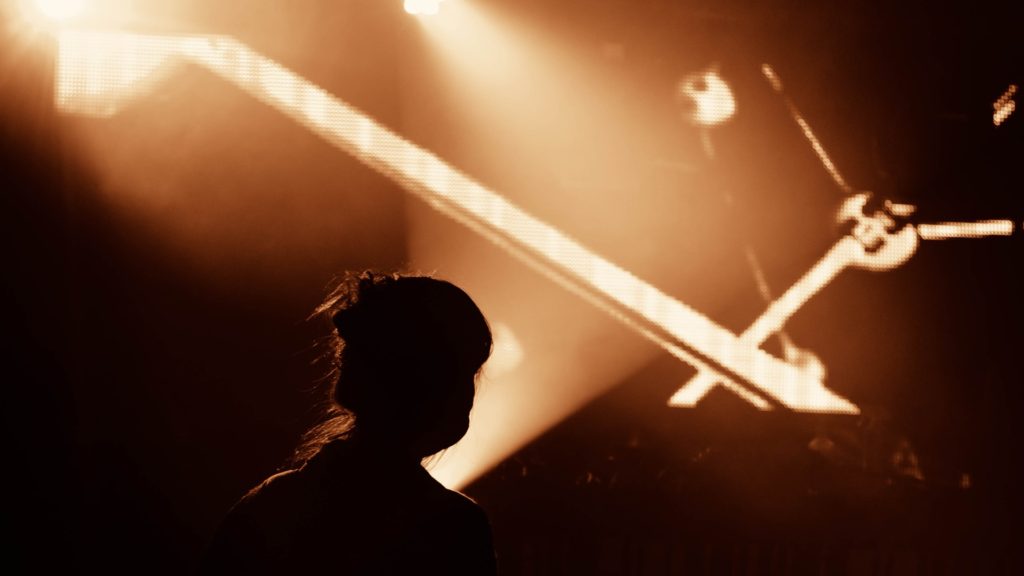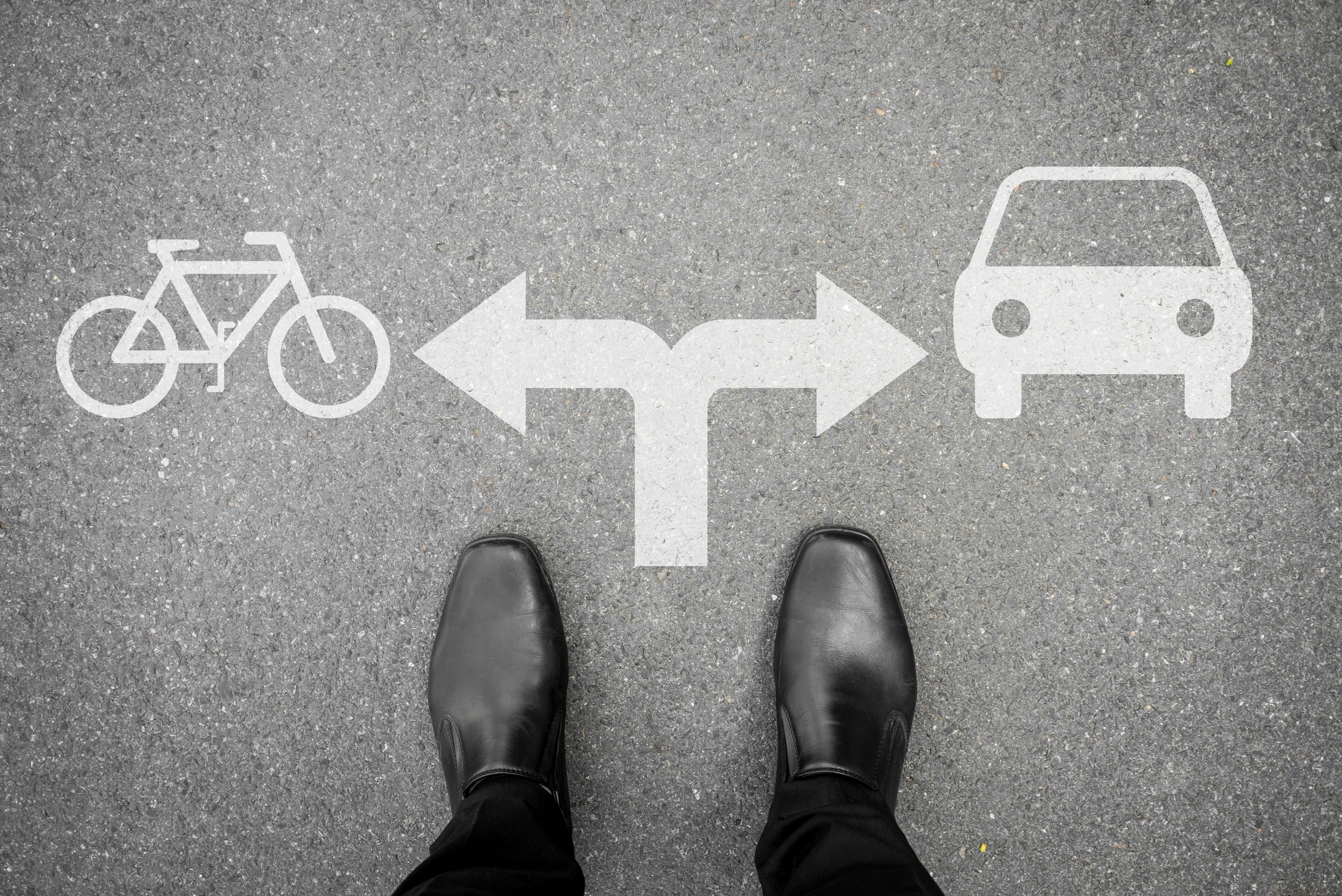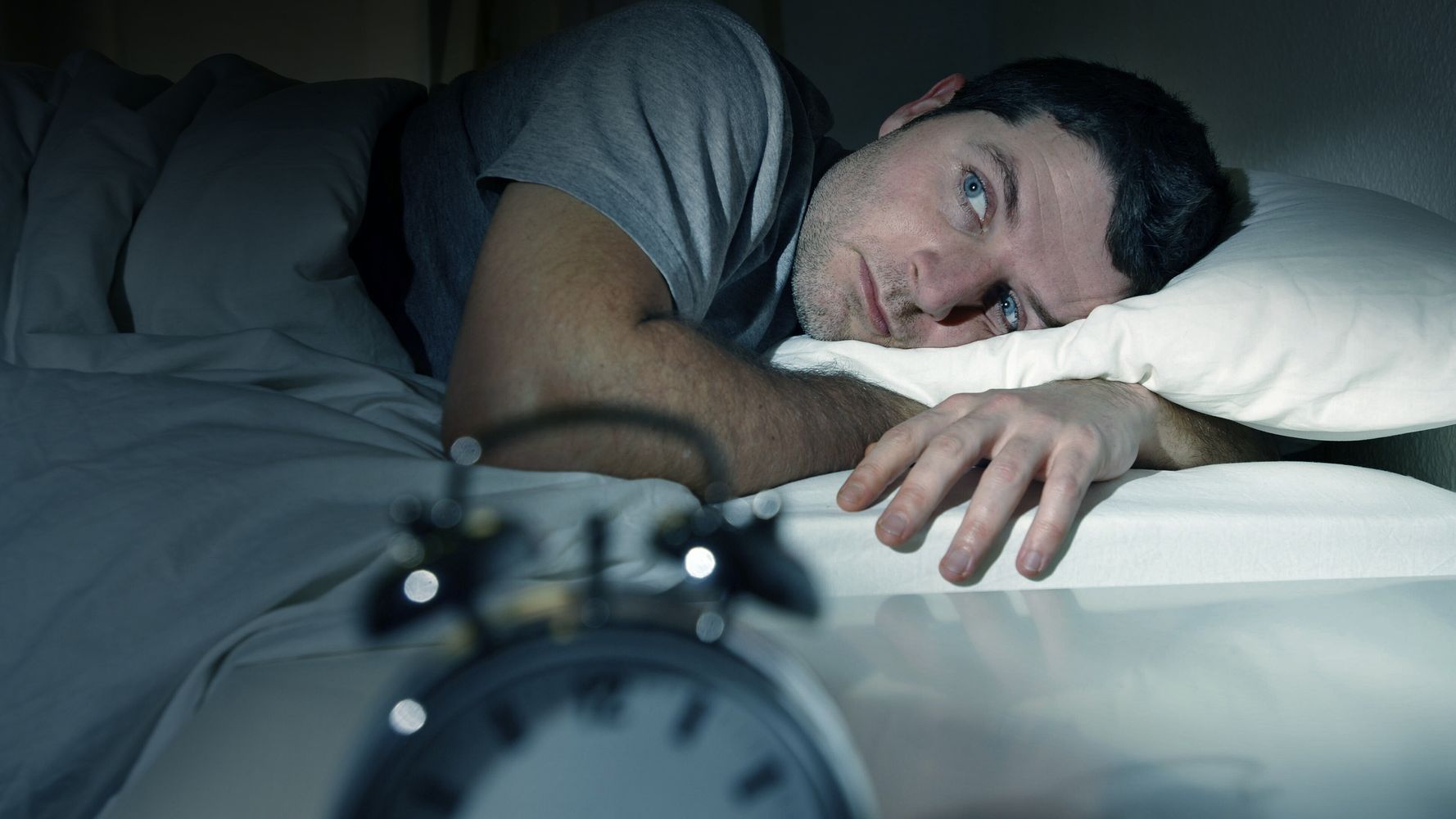
One of the most important aspects of taking quality photographs is the lighting. Good or bad lighting can completely change an image, whether it is natural light or artificial. When setting up your shot, lighting is just one of the things you should never compromise on.
So, whether you are a novice just starting out with a photography hobby or career, or you are experienced but looking for some extra advice, ClickASnap explain the different photography lighting and how to use it to your advantage.
How to use natural light in photography
Morning and evening lighting can offer the softest light, as the sun is lower in the sky can can cast softer shadows. What’s more, morning is often quieter. You can play around with the sunlight in your photographs, helping you to achieve different effects.
For example, making sure the light is shining straight on to the subject of your photo can cast a glow over the subject and avoid shadows. Similarly, you could shoot into the sun to create lens flare, which can look very visually interesting on a photograph.
Dappled light can add a new dimension to your photographs, where the light shines through leaves or other objects to create patterned shadows.
If you are struggling to find favourable natural light conditions, diffuse the light where possible. You can do this by taking a photograph in the shade, which can reduce the amount of light reaching the subject. You could also use a reflector.
Overexposure vs underexposure
Exposure is the amount of light that reaches your camera sensor or film and can play a huge role in how bright or dark your picture appears. Overexposure can occur when your camera’s sensor doesn’t record details in the brightest parts of an image, while underexposure is where the sensor doesn’t record details in the darkest parts.
It’s important to be in control of your camera in order to choose how your photos are exposed. You can also influence the mood of your photo by purposely choosing underexposure or overexposure. Underexposure can create drama and intensity, while overexposure may produce a softer feel.
Photography lighting mistakes to avoid
There are a number of lighting mistakes that can be easily avoided if you remember them. One of the biggest mistakes is choosing lighting that doesn’t reflect the mood of your image. For instance, shooting a photo in black and white can make it look solemn when you intended it to be a happier image.
You should also avoid lighting that is placed too low, particularly if you are shooting portraits. This can often result in some horror movie type photos with unflattering shadows across the subject’s face.
Lastly, don’t forget to try and avoid distracting bright lights in the background, as this can result in visual conflict and take the focus away from your subject.








